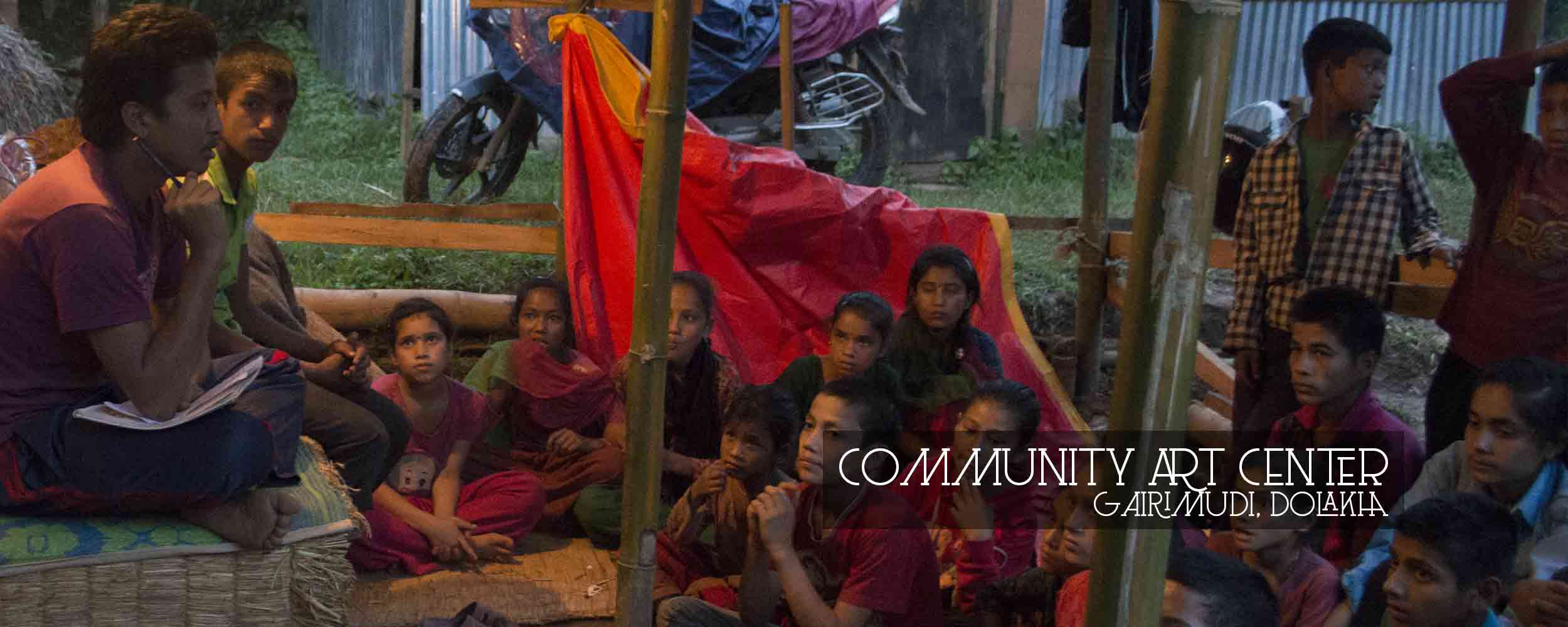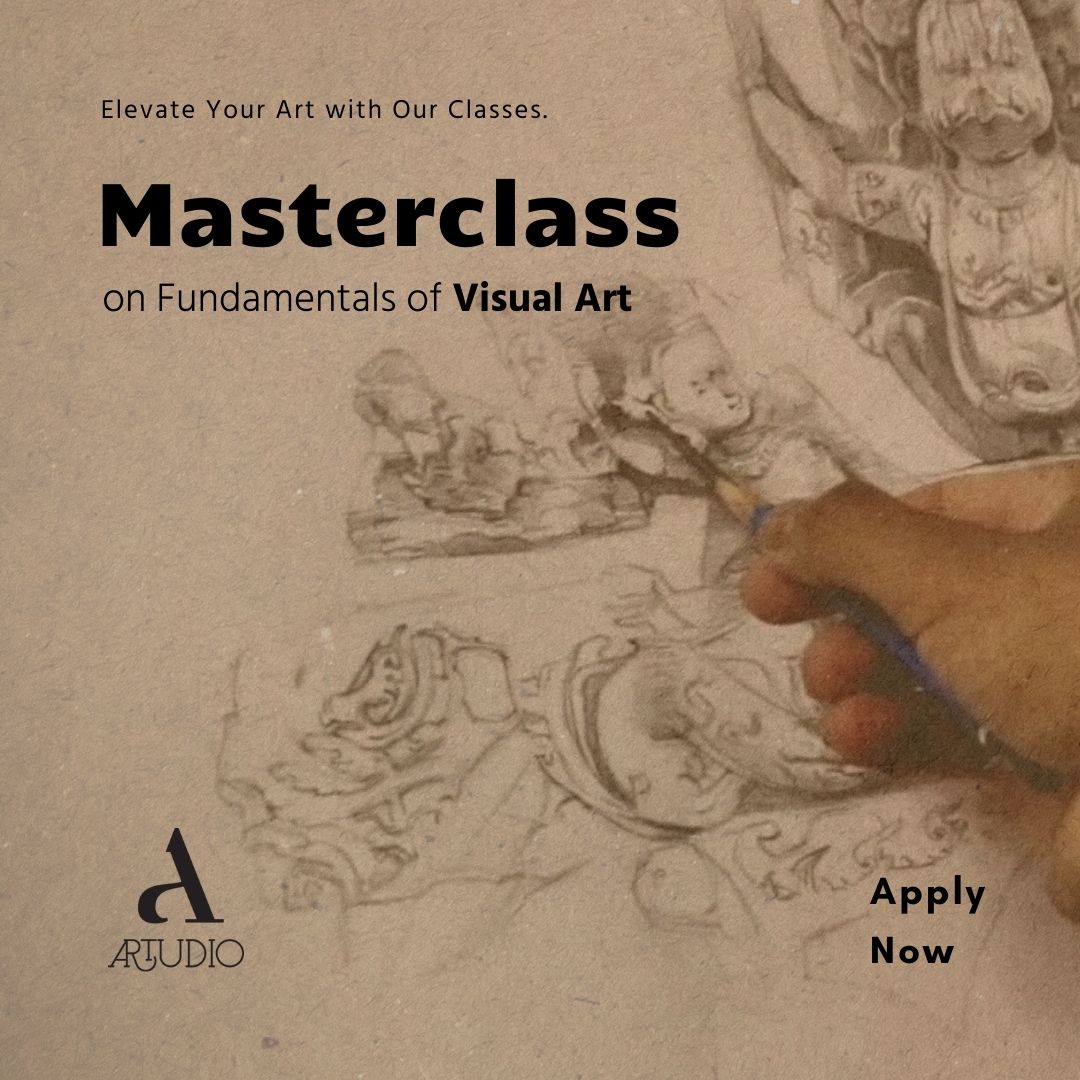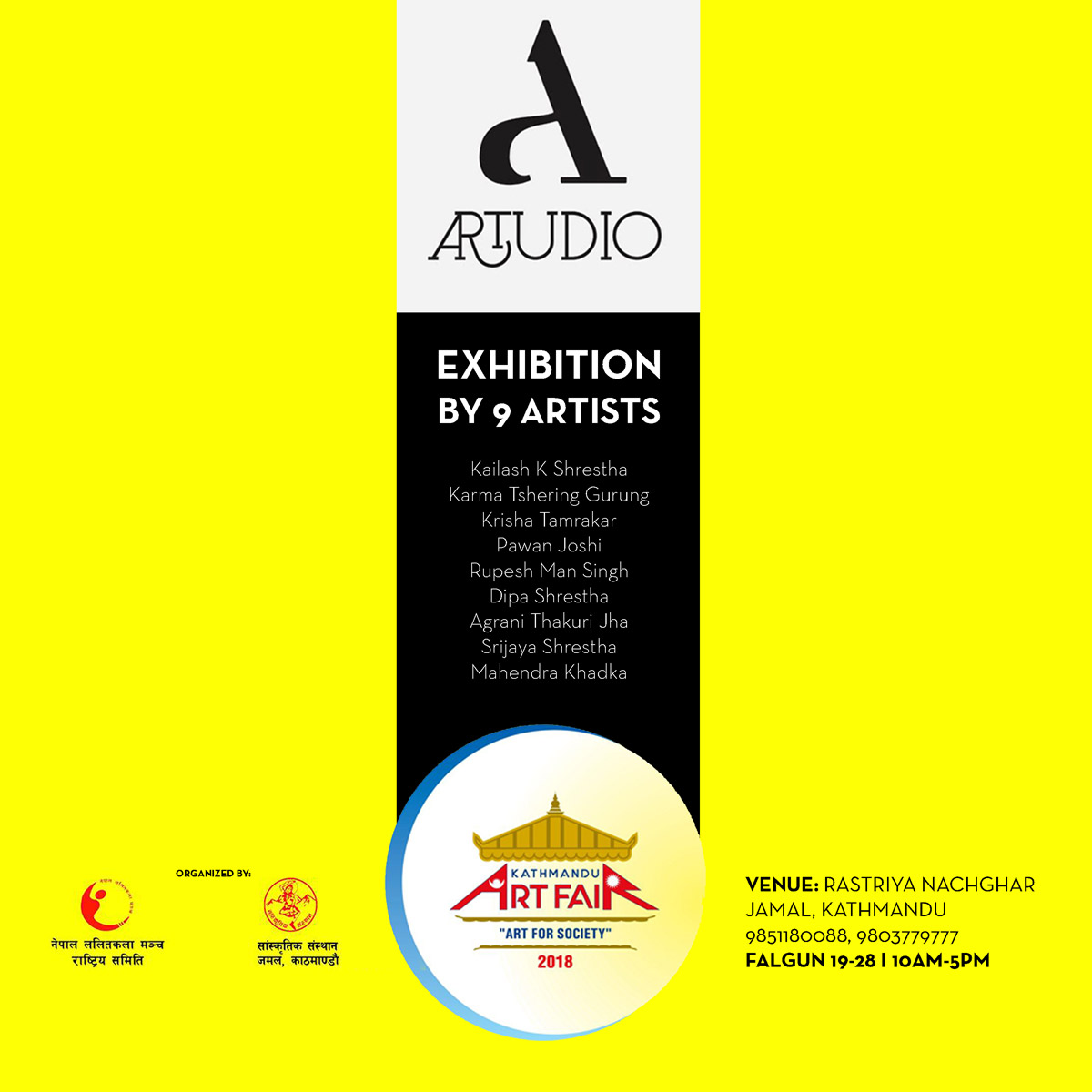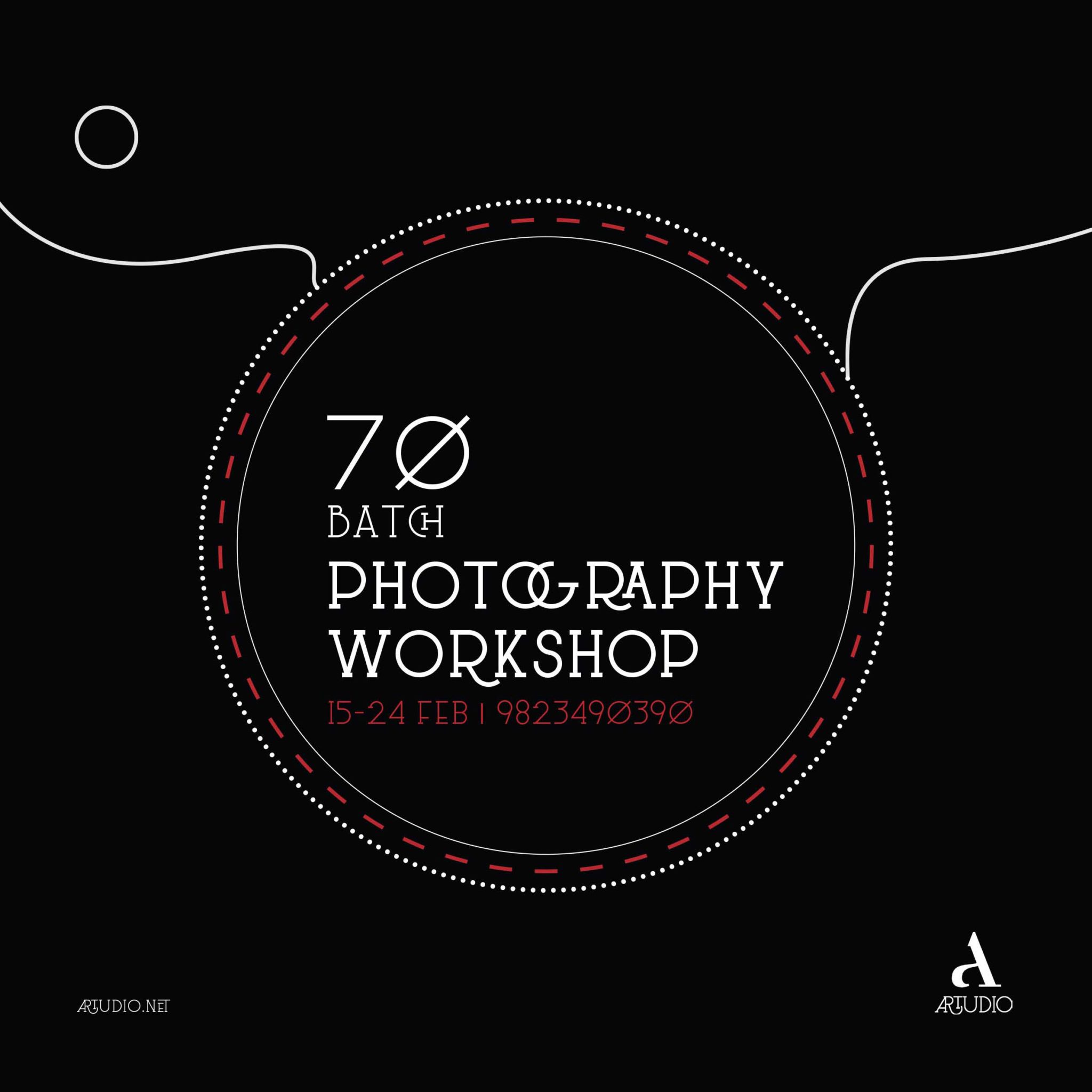Copied from M&S Vmag online: http://mnsvmag.com/news/2017-12-22/reimagining-nepal-music-and-arts-kathmandu-jazz-conservatory-sattya-kathmandu-university-of-arts-and-design

Nepal has undergone a whirlwind of changes in the last few decades. The absolute monarchy has been replaced by a parliamentary democracy; more and more people are going abroad to find work opportunities; and urbanisation shows no sign of abating. The country has gone through the cellphone revolution and the information revolution, and for a nation that was mostly shut off from the world outside until the middle of the 20th century, these changes have occurred within a time span that is orders of magnitude shorter than the time it takes for these changes to occur in most other countries.

It’s in this mercurial crucible that Nepali artists—the narrators of these changes—have to create art. The Nepali artist has to create works that speak to a Nepal that has fostered so many different ideas of identity, society and class. But to do so, you need artists of a certain calibre, artists who have gone through a training system that allows them to capture contemporary Nepali reality, and create art that speaks to and of this reality, instead of merely aping and borrowing from the West.
Fortunately, the aforementioned changes in Nepal have also included the establishment of exceedingly well-designed, professionally run institutions that have helped produce music and visual artists who can cater to the contemporary market’s needs. Here, we feature some of these institutions.
Kathmandu University School of Arts (Center for Art and Design)
Kathmandu University School of Arts, Center for Art and Design (KU Art+Design) was established in 2003, a time when Nepal’s art scene was relatively stagnant. Only a handful of art galleries existed then, and the works of Nepali artists seemed to lack variation and vision. Even those who wanted to push their boundaries couldn’t do so, owing to the lack of resources, information and mentorship. Nepal’s overall arts scene seemed to be stuck, to say the least. The government-run Lalit Kala Campus, of course, did what it could, but it lacked the overall infrastructure needed to develop students ready for the 21st century. Moreover, politics was an ever-present—and often hindering—force in Nepal’s government campuses. It was in this state of chaos that KU Art+Design made its foray into art education, with the aim to provide aspiring Nepali artists with a proper platform through which to sharpen their skills and vision.

“I think KU Art+Design was established at just the right time, 14 years ago,” says Sujan Chitrakar, Academic Programme Coordinator and Assistant Professor at KU Art+Design, and an artist who is known for his installation art. “It was high time that Nepali artists realised the value in the subject matter around them, and figured out how exactly to approach the subject matter, but that isn’t possible without a sound foundation in our own history as well as in art history. We needed artists who were highly receptive and informed.”
The school currently offers a highly rigorous, 139-credit BFA course (in Graphic Communication or Studio Art), the first two years of which is devoted to providing students with a solid foundation in art history and skills of their choice. The curriculum itself goes through occasional revisions, so that the students’ education is still relevant after they graduate. According to Chitrakar, KU Art+Design graduates are very adaptable, by which he means that they can still perform when removed from their comfort zone. “Many of our students are currently studying in reputed institutions in India, Australia, Japan and the US, among others, and they’ve had no trouble blending in their new environments.”

At KU Art+Design, students are also taught business skills and other commercial skills, so that they have something to fall back on if they hit a creative wall. In their last academic semester, students are free to create art using their medium of choice, under the guidance of mentors. “Ultimately, art is supposed to move people, and ideally, subvert the status quo, but that’s not something that the university can force the student to do,” says Chitrakar. “We don’t pressure our students to change the world, because that again is a restriction of sorts on their creativity. But if they so wish, we believe, they are equipped to do so.”
Notable alumni from KU Art+Design
Kabi Raj Lama
Kabi Raj Lama is an artist who is known for his lithographic and woodcut works. One of his lithographs recently sold for Rs 10,00,000. In 2005, Lama joined KU Art+Design’s BFA programme, majoring in painting. “I was part of KU Art+Design’s second batch, and our teachers were very helpful, approachable and qualified,” says Lama. “The university would frequently organise for us talk programmes and workshops, and we even had foreign artists come in and give us lectures and workshops. During a time when resources were scarce, KU really helped us stay updated with the contemporary art world.” After receiving his BFA degree from KU, Lama went to Japan, where and he ended up specialising in lithography and woodcut. Since then, Lama has participated in many exhibitions and residencies, and he’s currently preparing for a fellowship and visiting artist programme at Harvard University.

Kailash K Shrestha
Kailash K Shrestha is an artist and lecturer who has taken part in several international group exhibitions, curated shows. The Dolakha native came to Kathmandu in the hopes of becoming a banner artist. “I wanted to study at the Lalit Kala Campus of Fine Arts, but my family wanted me to take up commerce in Public Youth Campus (PYC),” says Shrestha. “Before my classes at PYC started in the afternoon, though, I would spend my time at Lalit Kala in the mornings. My time there did somewhat widen my horizons, but I was still seeing only the tip of the iceberg. It was only when I joined KU Art+Design in 2004 that I realised what education and art actually is. It was KU that introduced me to the global art scene. I provided me access to so many resources, and because we were the first batch, the experimental batch, we were very well-taken care of. And it’s owing to that foundation that I’ve been able to do so much.”

Shrestha is currently focusing on his upcoming solo exhibition, and his visual arts centre, Artudio—where artists come together and share knowledge. Shrestha has also started an art centre in his hometown, Dolakha, after the 2015 earthquakes left his village in ruins. His project is an attempt to rehabilitate the children there through art.





